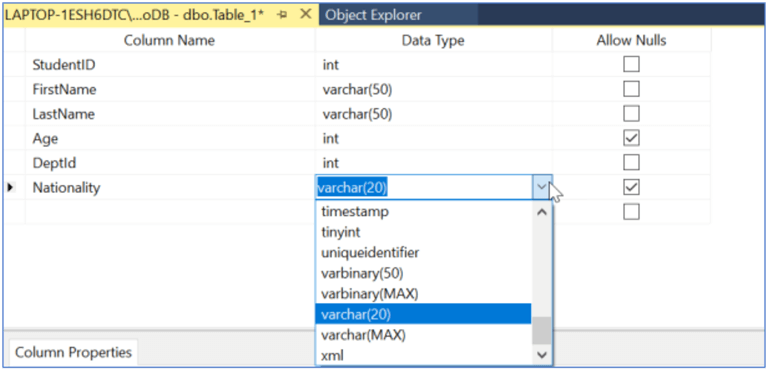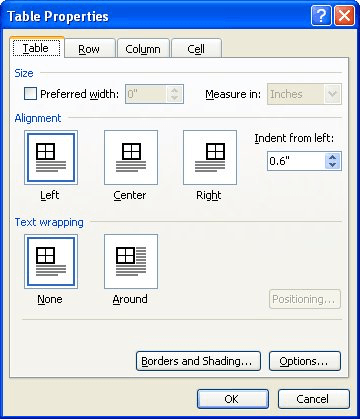

Make your table pop with Table Styles, Shading, Border Styles, Borders, or Border Painter. Click the down arrow in the field box under Art, then choose a border-mostly simple clip art-from the list. Select Table Tools > Design > Borders > Border Painter, and click the Page Border tab in the Borders and Shading dialog box. There’s also an option to add artwork borders to your pages. If you don’t like a feature you’ve added, just click the Undo button or press CTRL-Z. There’s no learning curve, just play with the features and see what happens. Highlight your table, then select Table Tools > Design> Table Styles, Shading, Border Styles, Borders, or Border Painter (see the graphic below for ideas). The Design tab is for adding borders, shading, styles, and customizing the header columns and rows. Wrap text around a table, change cell margins, convert table back to text, sort the table data, and/or add formulas. Review the Formula Format table in the graphic below for the correct commands that tell Word which direction to calculate (these go inside the parentheses). Word calculates the column of numbers and places the calculation in the target cell (where your cursor resides). Type Above between the parentheses, choose a format under Number Format such as dollars, percent, or general, then click OK. If you are unfamiliar with the formulas Word provides, click the down arrow under the Paste Function field, and choose a formula from the list.

In the Formula dialog box type the SUM() formula in the Formula field box. To calculate the total salaries, position your cursor in the last row and the last column cell, and click the Formula button under the Data group.
#010 EDITOR EDIT TABLE NAME PLUS#
I added a Salary column to the table below and entered some dollars, plus a new row at the bottom for the salary totals. You can even insert formulas to calculate your numeric data. Just choose the separator you prefer, so when the table grid disappears, the data isn’t all jumbled together. You can also convert your table back to a text block. For example, you can sort by Last Name, then by First Name. You can sort by column numbers or by column headers, and it provides two sort levels. With the table still highlighted, click Table Tools > Layout > Data > Sort to sort the table data alphabetically or numerically, just like in Excel. Select Cell Margins to change the margins inside each cell. Other features include Table Properties, which provides several options for aligning the table with the text or wrapping text around your table. ini to use the hex editor by default: "workbench.Menu options to modify a table structure. For example, this would associate all files with extensions. The hex editor can be set as the default editor for certain file types by using the workbench.editorAssociations setting.

#010 EDITOR EDIT TABLE NAME CODE#
A custom editor extension for Visual Studio Code which provides a hex editor for viewing and manipulating files in their raw hexadecimal representation.


 0 kommentar(er)
0 kommentar(er)
